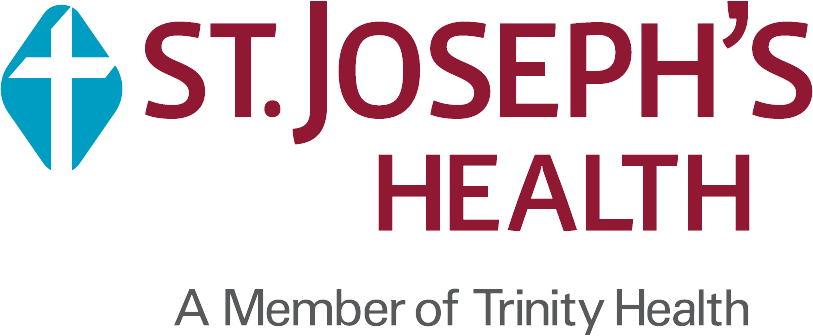Cardiac Rehabilitation
What is Cardiac Rehabilitation?
Cardiac rehabilitation, or “cardiac rehab,” is an exercise and education program for patients with heart disease. This program can actually lower the risk of cardiac death by 25 percent. To become involved you need to be referred by your doctor. You are eligible if you have had:
- A heart attack
- An angioplasty with or without a stent
- Cardiac bypass surgery
- Valve surgery
- A heart transplant
- Angina
- Our Medical Director is Dr. Thomas Aiello, a board-certified pulmonary specialist.
- The program is certified by AACVPR (American Association of Cardiovascular & Pulmonary Rehabilitation).
How does the program work?
The Cardiac Rehab Program follows a series of phases:
Phase I: Any education or exercise you do in the hospital that helps you to learn how to begin recovery
Phase II: Outpatient rehabilitation through a structured program that includes ongoing EKG-monitored exercise, group and individual interactions with clinicians to assist you in living a “heart-healthy” life, and emotional support throughout the recovery process. The program takes place every Monday, Wednesday, and Friday for up to 36 sessions. Classes cover such topics as heart-healthy eating and weight control, smoking cessation, stress management and relaxation techniques, and guidelines for physical activity at home and at work. Insurance usually covers the cost of most, if not all, of the program. A physician is always present and specially trained registered nurses and therapists supervise an exercise routine designed especially for you.
Maintenance Exercise: Several self-pay, supervised exercise program options for which you do not need to wear an EKG monitor at every visit, though it will be done on a regular basis to ensure safety:
Phase III: If you have had a heart disease problem in the past, you may benefit from the maintenance exercise program. This aspect of the program can most assist individuals who are interested in increasing their physical activity, but are worried about beginning an exercise program at a gym while not under the watchful eye of healthcare professionals. If your doctor and the rehab staff feel that you qualify and you would like to begin a safe, supervised exercise program, this plan may be for you.
Phase IV: Following the end of Phase II, you can decide to continue exercise in our facility using the same equipment and seeing the same staff.
Early Intervention: This maintenance exercise program is for patients who have risk factors for heart disease but have never had a cardiac event.
What are the benefits?
Patients who participate in a cardiac rehab program not only lower their risk of cardiac-related death by 25 percent, but also may experience the following positive outcomes:
A 25 percent reduction in risk of death for patients who walk at a moderate intensity (or perform similar aerobic exercise) for more than 2.5 hours per week A 45 percent reduction in risk of death for patients who improve their dietary habits by following the changes recommended by the clinical specialists in the program A 30 percent reduction in risk of death for patients who lower their blood pressure below 140/90 (or less than 130/85 if they have congestive heart failure and less than 130/80 if they have diabetes) A 24 percent reduction in risk of death for patients with diabetes who maintain a HbA1c of less than 7.0 A 15 percent reduction in risk of death for those who reduce their Body Mass Index to less than 30 A 35 percent reduction in risk of death for those patients who abstain from all tobacco use A 50 percent reduction in risk of death due to a reduction in depression symptoms Overall, there is a 95 percent three-year survival rate for those who attend cardiac rehab, versus a 64 percent survival rate for those who do not!
How do I get started?
Ask your doctor for a referral if you feel you would qualify. Use our referral form (pdf) to give to your doctor. The rehab program will then contact you to come in for a free initial evaluation to see how the staff can meet your needs and to make sure you are safe to enter the program. After that, an appointment will be made to see the cardiac rehab physician for an initial visit and to have an exercise stress test if you have not had one with your doctor.
